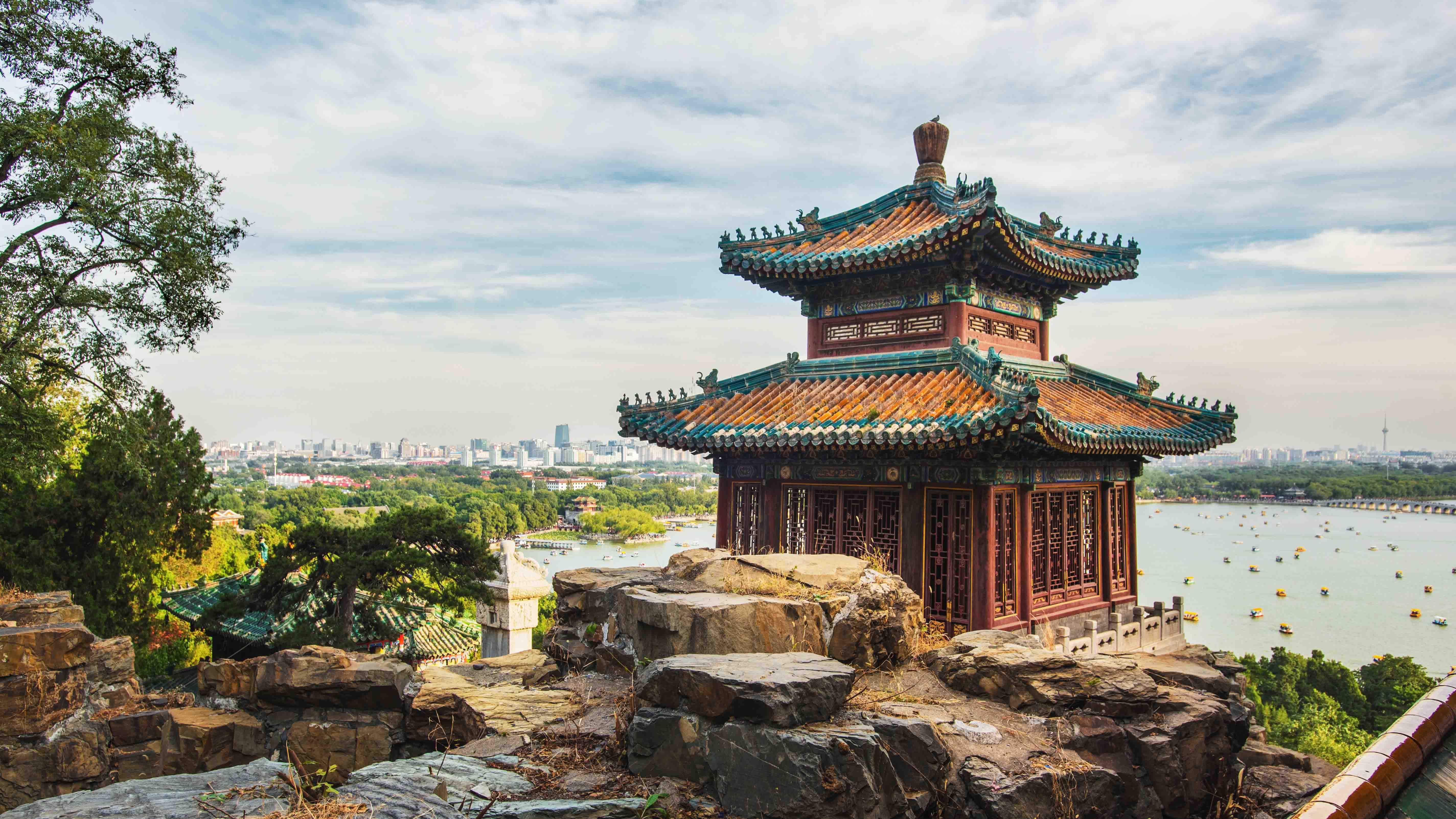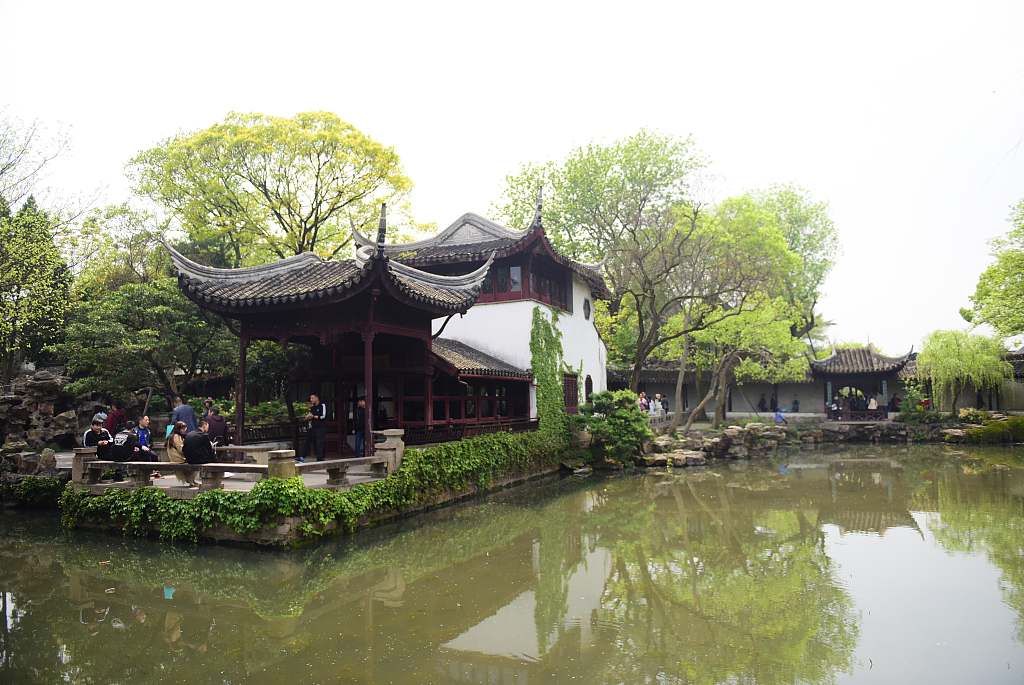
Culture China
19:20, 30-Apr-2019
Inspirations behind traditional Chinese gardens
By Yang Yan, Yang Ran
02:01

Chinese gardens recreate and miniaturize larger natural landscapes. Traditionally, they blend delicate buildings with natural elements. Their designs are also rooted in Chinese landscape paintings.
The Summer Palace in Beijing is a gorgeous historic ensemble of natural and architectural elements.
It's been well preserved and considered one of the finest examples of Chinese garden art.
It includes diverse features – natural hills, lakes, as well as pavilions, temples, palaces and bridges. All these make a harmonious and aesthetically compelling site.
Strolling through the garden gives one the impression of being part of a three dimensional Chinese landscape painting. Like those paintings, Chinese gardens do not seek to re-create vast landscapes but rather capture the essence of nature on a smaller scale.

The Humble Administrator's Garden in Suzhou. /VCG Photo
The Humble Administrator's Garden in Suzhou. /VCG Photo
For the paintings, balance and harmony are key among different aspects of a work. And this is also very important for garden designers.
"The combination of emptiness and reality" is a concept in traditional Chinese paintings, which also applies to gardening.
Located in east China, Suzhou is called the City of Gardens, boasting more than 100 of different sizes.
Among them, the Humble Administrator's Garden and the Lingering Garden are the most famous. They feature mature artistic conception, exquisite construction, elegant style and plentiful cultural connotations.
The Chinese term for landscape is "shan shui," literally "mountains and water."
From the perspective of the ancient Chinese philosophical principle of Yin and Yang, water represents the former as a calm, nurturing and yielding element, while mountains are the complementary "Yang," vertical and powerful.

SITEMAP
Copyright © 2018 CGTN. Beijing ICP prepared NO.16065310-3
Copyright © 2018 CGTN. Beijing ICP prepared NO.16065310-3